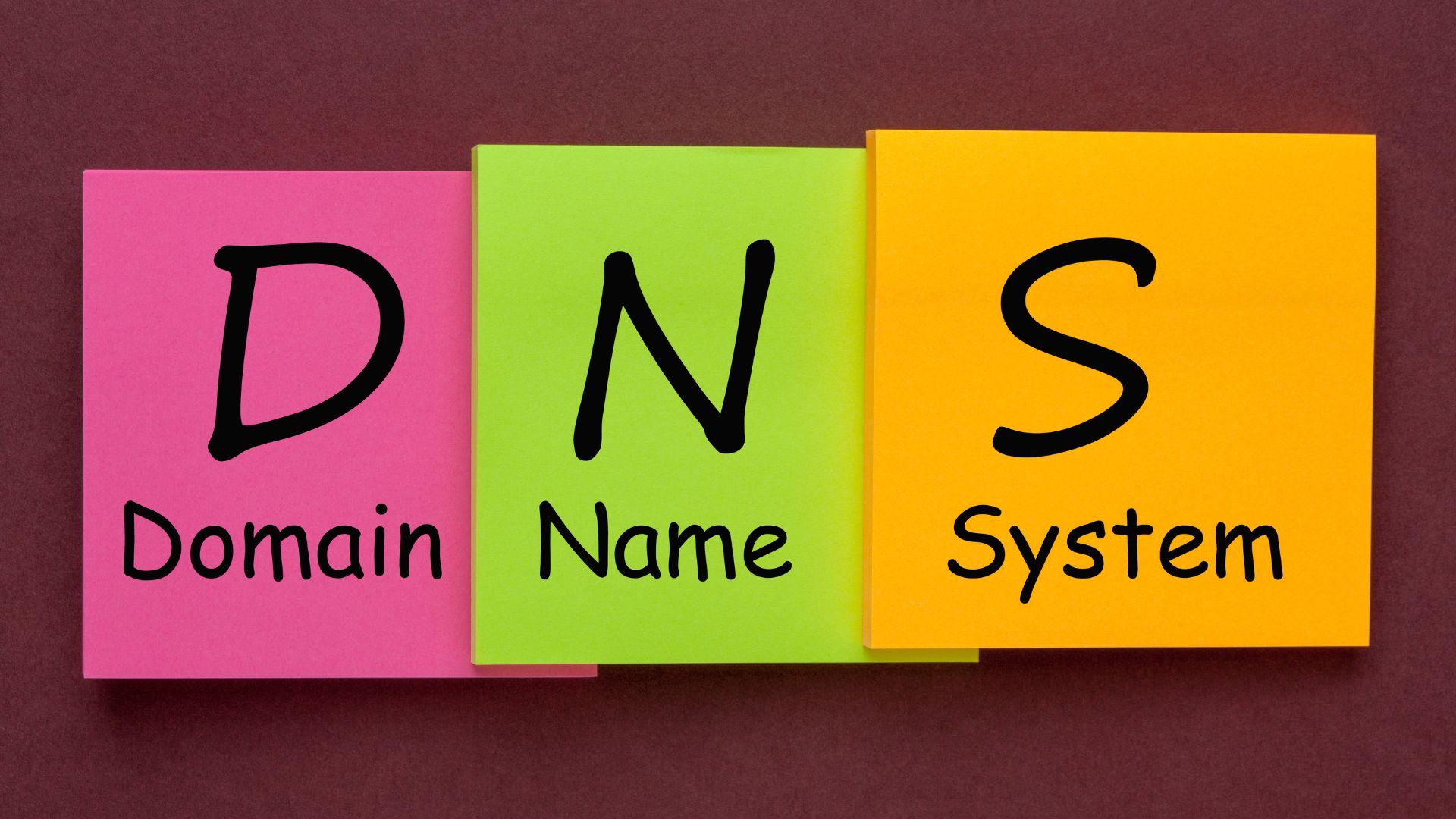In the ever-evolving landscape of cybersecurity, the strength of your website’s defense mechanisms is paramount. One often underestimated yet crucial aspect of fortifying your digital presence is the management of Domain Name System (DNS) records. These records play a pivotal role in directing traffic to your website, but their significance extends far beyond simple navigation.
If you have had or are in the process of getting a new website with us, then most likely you will have heard us mention about updating DNS records. In this post, we delve into the world of DNS records, explaining what it is and exploring how updating them can be a game-changer for bolstering your website’s security.
What Are DNS Records?
Your website’s behind-the-scenes helpers. Wondering what’s behind that handy website domain name of yours? The magic of DNS records, that’s what!
As a business owner, I know you’d rather not sweat the technical stuff. You just want your website domain to work so customers can find you online, right? Well, DNS records make that happen. When a potential customer types your domain name into their browser, DNS records translate that name into the numerical IP address that computers use to route web traffic. Without DNS records, your visitors would have to memorize strings of numbers just to visit your site! If you are looking to purchase a new domain then check out SquareSpace Domains. They are highly performant, and provide Free WHOIS Privacy, SSL, and Premium DNS included for a low price.
Types of DNS Records
There are a few key DNS record types that every website needs:
A records: Point your domain to the right spot your website lives at.
NS records: Help manage where your DNS information is stored.
MX records: Route those customer emails to your inbox.
CNAME records: Help with adding “aliases” like “www” to your root domain.
And more! But not to overwhelm. The key for you as a business owner is to know that your domain registrar handles setting up and updating these records automatically behind the scenes. You just focus on your business and let the DNS records do their magic to make your website accessible and usable.
When Do These Records Need To Be Updated?
There are a few common situations when you may need to update your domain’s DNS records:
Changing hosting providers
If you switch web hosting companies, you’ll need to update your DNS A records and possibly CNAME records to point to the new host. This allows traffic to be routed properly when someone types your domain name into a browser.
Adding or modifying email accounts
Email routing is handled by MX records. If you add new email accounts, create email aliases, or switch email providers, you’ll need to update or add new MX records so emails get delivered to the right mailboxes.
Using a CDN for content delivery
Content Delivery Networks (CDNs) require CNAME records to route traffic through their servers. Adding a CDN means creating new CNAME records that point to the CDN provider’s domains.
Pointing to cloud applications
If you use SaaS apps like Office 365 or G Suite, additional DNS records like MX, CNAME, or TXT records need to be configured to integrate with those tools.
Improving security
DNSSEC, CAA, and DMARC are specific DNS record types to implement security best practices for your domain, which requires adding new record sets.
The golden rule is that any time you provision new infrastructure, services, or tools for your domain, there is likely DNS configuration required behind the scenes. Getting cozy with your domain registrar’s DNS settings is key to making sure traffic, email and everything else flows as you expect. A little DNS tender loving care goes a long way!
How DNSSEC Improves Website Security
DNSSEC can significantly improve a website’s security by preventing certain kinds of malicious attacks.
How it works
At its core, DNSSEC adds a digital signature to DNS records, which allows computers to verify that the data hasn’t been tampered with in transit. It prevents a common hacking technique called a “man-in-the-middle” attack.
Why it matters
Say you type example.com into your browser to visit a website. Without DNSSEC, a hacker could secretly change the DNS records to redirect your computer to a fake malicious website pretending to be example.com. Not good!
But with DNSSEC, those DNS records are digitally signed. Any changes by the hacker would invalidate the signature. Your computer checks the signature and finds it doesn’t match what it expects for example.com, and instead of connecting, it returns an error. Attack blocked!
So in essence, DNSSEC acts like the seal on a bottle of medicine – one that shows if the contents have been tampered with or are counterfeit. Instead of protecting medication, it’s protecting the connection between your website’s domain name and where it lives on the internet.
For any business relying on its website, DNSSEC adds crucial protection against sneaky attacks aiming to steal customer data or spread malware to visitors. Implementing it hardens one very important link in delivering a safe and trusted user experience online.
Summary
In today’s era of cyber threats, businesses cannot afford to overlook vulnerabilities in their online presence. DNSSEC closes an important security gap that hackers exploit to redirect and intercept internet traffic illegally. While no single measure can provide absolute security, enabling DNSSEC makes it significantly harder for criminals to impersonate legitimate websites and tamper with communications between businesses and their customers. It provides added assurance that when a customer types your domain name into a browser, they will reach your real website – not a convincing imposter.
Considering the relatively low implementation lift, there is no good reason for brand owners to leave this vital security capability disabled. DNSSEC checks off one more box in delivering an air-tight, trusted online experience that gives customers confidence in transacting digitally. Don’t leave the front door to your online kingdom unguarded – lock it down with DNSSEC. If you would like SDS Click to manage your DNS and hosting then check out our excellent hosting services. For a low monthly price, we can manage your hosting, keep your SSL certificates up to date, and manage your DNS records for you.








